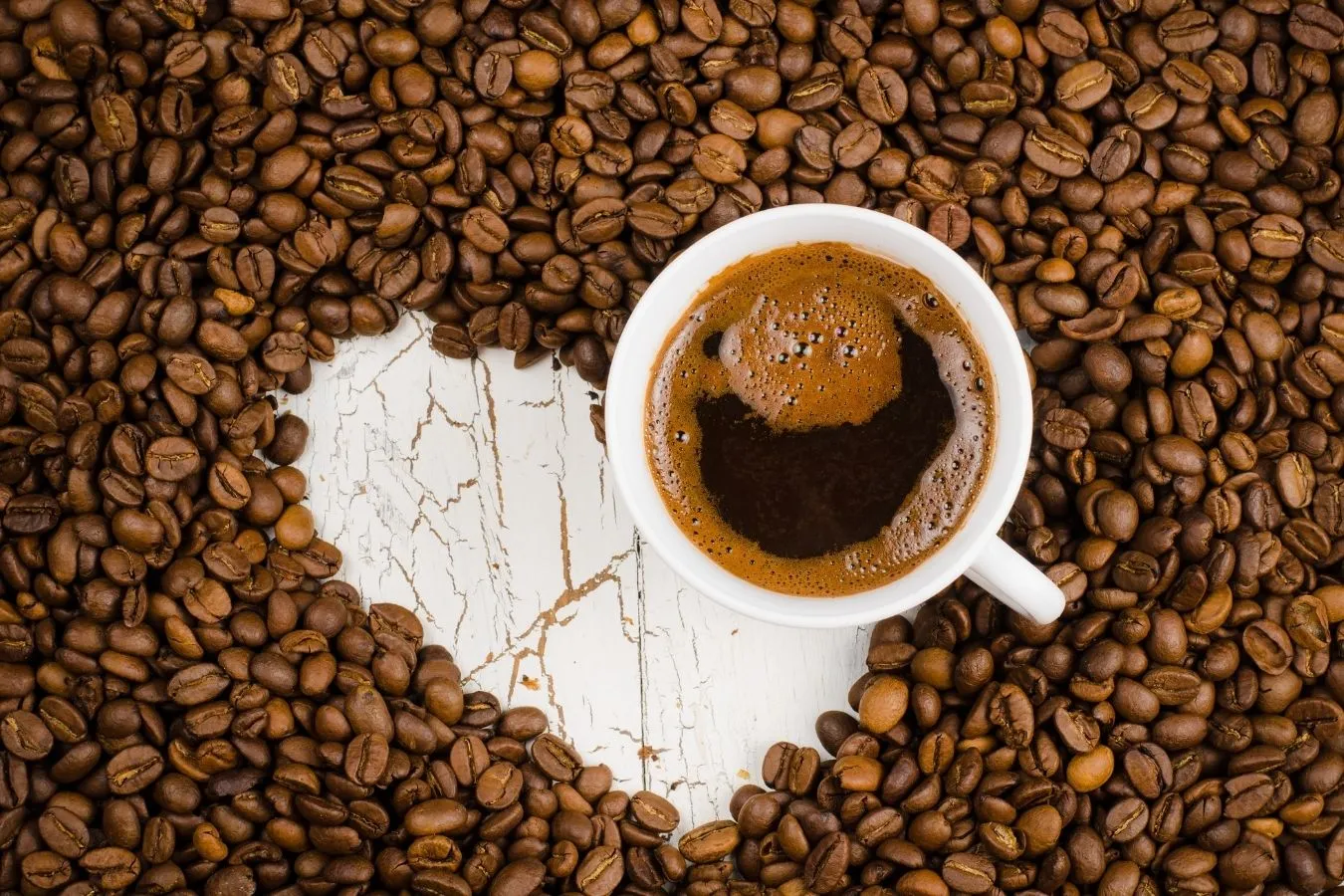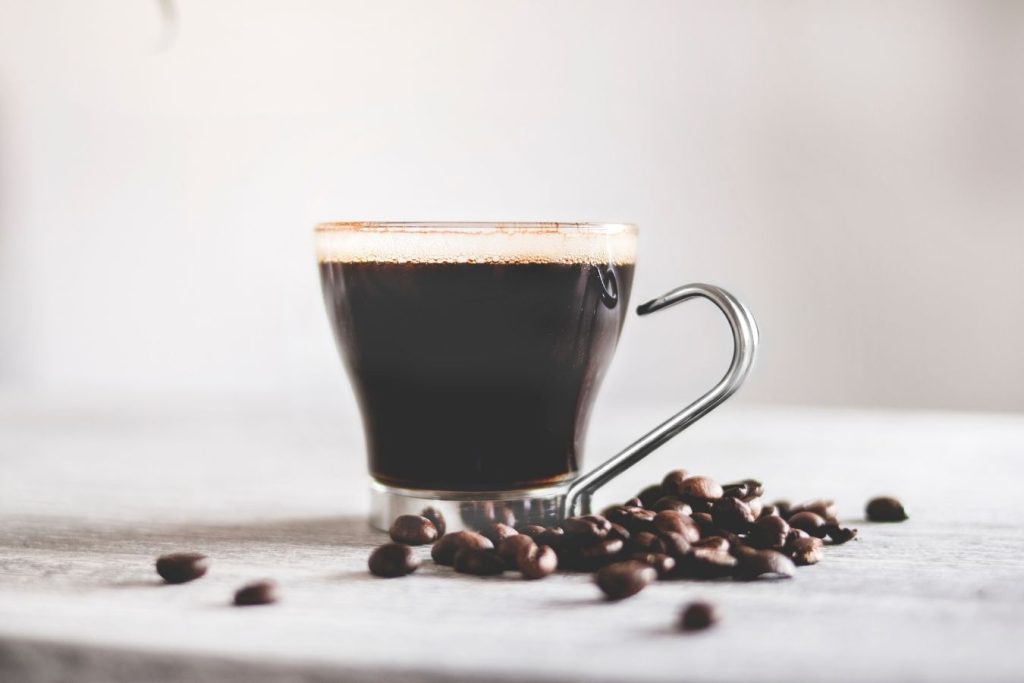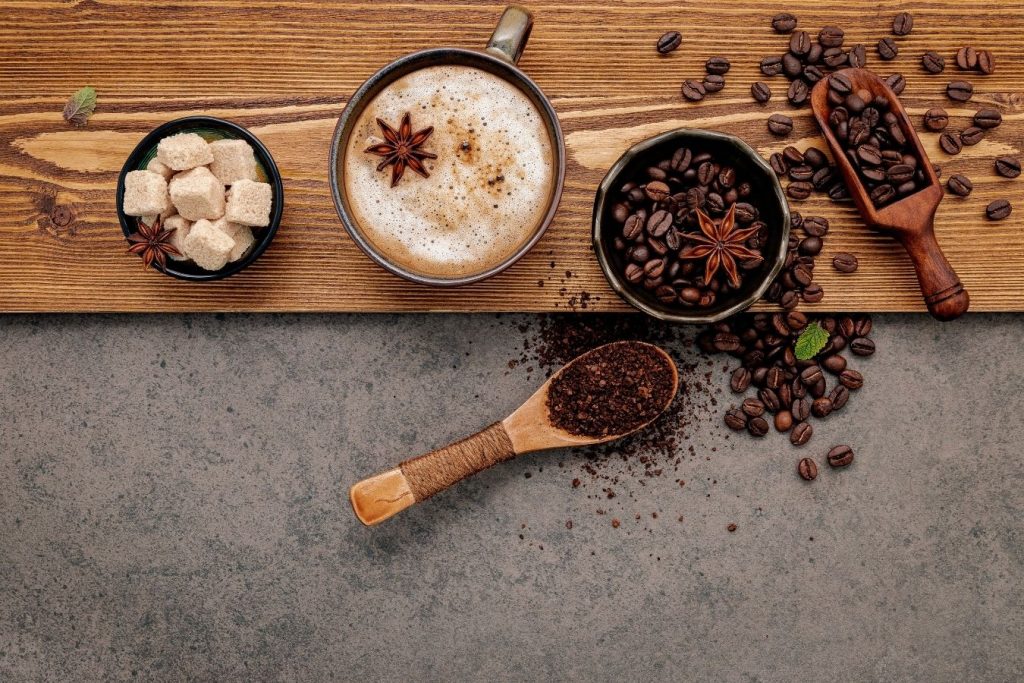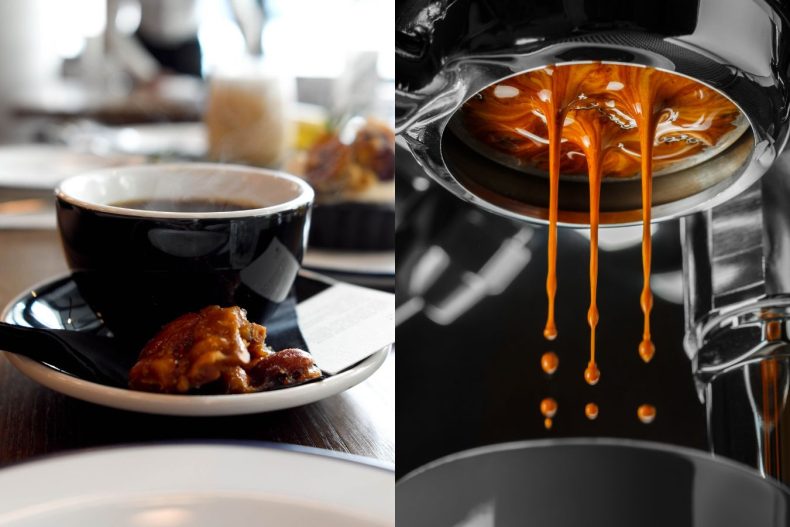
The Single-Origin – “Indigenous Coffee” Or “Single-Origin Coffee” Everything You Need To Know About: Have you ever walked into a coffee shop, looked at the coffees on offer, and was confused? Wondering, what is single-origin and what is a coffee blend? Why is single-origin often more expensive than blends?
What is single-origin coffee?
You must have seen phrases like single origin, single estate, single farm somewhere. What do they mean?
Single-origin is a simple phrase with an extensive definition. Generally understood as coffee originating from one producer. A crop or from a single area in a particular country. This single-origin coffee must satisfy two primary factors.
Firstly, it is a single-origin coffee, not blended with any other coffee. Second, it must show the typical flavors of the indigenous region (farm, land…).
Single farm and single estate mean coffee from a farm, factory, or cooperative. In particular, coffee labels tell you more about the name of the land, plot, or field in which the coffee is grown.
The most important thing about a single origin is its traceability. You know where the coffee you drink comes from, transparent and specific. Usually, it is of a higher quality than a coffee blend. This is also one of the reasons why single-origins are so popular in the third wave of coffee.
There are many reasons why coffee connoisseurs love single origin. For example, due to the characteristic taste, clear head, good quality.
Why do people love single origin?
There are many reasons for coffee lovers not to fall in love with a single origin. Here are some common reasons why so many people love “local coffee.”
The flavor of single-origin
Because of its authenticity and transparency strength, single-origin coffees became famous for their distinctive flavors. Some stores use some single-origin with a unique flavor. It is like a symbol of the brand.
“Single-origin coffee” usually has a specific flavor. Or unique, special notes that are hard to find in other types.
That is the factor that makes many people fall in love. This is due to soil quality, altitude, climate, and care… Much influence on the overall taste.
For example, Yirgacheffe has a sweet, fruity taste, extremely aromatic, with a light but the deep flavor that is unforgettable. Those who enjoy it also feel happier because of its great taste.
Traceability
Finding and understanding the type of coffee used is a critical need for people interested in coffee. Know not only about the characteristics of coffee. But also knowing its origin will say a lot about its quality.
Single-origin coffee is famous, and the more popular it is, the more benefits go back to where it was grown.
This somewhat strengthens the reputation and prestige of the coffee farm. Or the commercial brand of that coffee. Because it is clear, transparent, and accountable due to its easy traceability.
Quality
One of the most striking “native coffee” elements is its quality. Firstly, a single-origin is cultivated and farmed with limited yields. Second, the batch of roasting is done in small quantities.
Thus, farmers and roasters can closely observe each stage of the process. In addition, the classification and elimination of defective particles are strictly implemented. Make sure that each batch of coffee has the best taste and consistency possible.
Price
Although, both single-origin and blends are viral. But there are many differences between these two types of coffee. In addition to quality, taste out; price is a significant factor.
Usually, the price of “single-origin coffee” tends to be more expensive than blends. Because coffee blends are mixed with many different types. As a result, the flavor of the blended coffee will not be as distinctive as the original single origin.
On the contrary, the single-origin is very well taken care of from small details such as growing, sorting, and filtering seeds to remove defective ones… This is often less noticed, and the meticulousness is not high for coffee blends.
Furthermore, a single origin is cultivated according to the seasons. They are only available during certain months of the year. Therefore, “single-origin coffee” is also produced in less quantity than coffee blends.
Types of single-origin – “indigenous coffee”/ “single-origin coffee.”
Coffee from a farm
Some experts think that a single origin is a coffee produced from a specific location. This is one of the rarest and most authentically sourced coffees. Coffee lovers consider this to be among the highest quality coffees available.
Many coffee connoisseurs also call this exclusive coffee because of its unique origin. Since it only comes from a specific location, this coffee is quite expensive. Its price can range from a few dollars to hundreds of dollars for about 500 grams of coffee beans.
Coffee from many farms
Single-origin is also recorded as coffee from many farms producing the same coffee. In the same area, there are similar conditions. This is also a fairly standard definition of single origin.
This coffee is highly recommended because there is a pretty great mix of farmers and roasters. This association brings many advantages to the product, from quality, uniformity, and higher profits for farmers.
The main drawback of this, however, is the loss of exclusivity. Besides, authenticity will not be as apparent as coffee from a single farm.
Coffee from a country
This is the most common definition of “indigenous coffee.” That means coffee can come from any farm, as long as it’s in the same country. This is also a perfect way to brand the coffee of a particular country. Some world-famous indigenous coffees come from Brazil, Kenya, Guatemala, Ethiopia, and Peru…
Is “single-origin coffee” a specialty coffee?
We also see that a single-origin is recognized as a good coffee with a distinctive taste. So is it specialty coffee?
There are many types of high-quality coffee in the world. But to be recognized as a specialty coffee, it is necessary to meet a few criteria according to regulations. According to the World Specialty Coffee Association (SCA), coffee must score at least 80 points on a coffee rating scale of up to 100 points to be considered a specialty coffee. Appraisers will taste, grade, and grade the coffee according to specified criteria.
Also high-quality coffee. But single-origin is only called specialty coffee when it also achieves at least 80/100 according to the specified scale of specialty coffee.
To be recognized as specialty coffee, coffee beans must be free from defects in the primary defect group. Limit 0-3 for complete defects. And a maximum of 5% above or 5% below the required screening size. Besides, their quality is also evaluated by the following criteria: flavor (flavor), aroma (aroma), and acidity (acidity). Not only that, the cup of coffee must be perfect and free from defects.
So, a single-origin is only called specialty coffee when it meets the specified criteria of specialty coffee.
“Single-origin coffee” with the third wave of coffee
In the past, “single-origin coffee” was not as appreciated today. This coffee has experienced a sudden growth and is recognized for its quality since the emergence of the third coffee life. In short, the third wave of coffee has taken “indigenous coffee” to the next level.
Coffee has been used for hundreds of years, but coffee is only seen as a stimulating and refreshing drink. Coffee has not been evaluated for differences by geographical region, processing method, or roasting technique… Taste has not been explored and paid much attention to.
Over time, there have been many changes in coffee enjoyment culture and cultivation and processing techniques… The third wave of coffee is a revolution focusing on the enjoyment and quality of coffee. The coffee. In the third coffee life, single-origin developed with significant momentum because it paid attention to detail in each stage of coffee bean formation. Coffee has almost entered a new positive and growing page.
The best “single-origin coffee.”
The most outstanding feature of this coffee is its positive, specific, and very characteristic taste. Here are some of the best coffees you can buy in the market. Each variety has its distinctive flavor timbre. With these premium coffees, it is recommended to use the pour-over method when brewing to produce the best-tasting coffee.
- Kenya AA
Kenyan coffee is world-famous for its unique flavor difference. Usually, they are well-balanced, medium-bodied, and wealthy. The taste is robust, sweet, and subtle, with the smell of flowers.
- Yirgacheffe from Ethiopia
Ethiopian coffee has a lighter body and often has an earthy tone. Home-roasted coffee usually brings these beans to a moderate level (medium). They have the best balance, the most positive acidity, and the brightest citrus fruit flavors.
- Guatemalan
Guatemalan has a variety of flavors depending on different processing methods. But in general, the most prominent is the delicate sour taste of the fruit and its mild, thick body. This coffee is medium roasted, of the best quality and taste.
- Sumatra
This coffee has a thick body and low acidity: sweet, mild flavors and complex, varied aromas. Sumatra coffee is usually roasted to a dark level.
Keywords: origin coffee beans, single origin coffee, origin coffee single, coffee single origin, paid program leadership, single origins month, blends single origins, paid program forbes, single origin coffees, single origins
Reference source:
- www.perfectdailygrind.com/ – Single Origin, Single Estate, Single Farm: What Do They All Mean?
- www.javapresse.com/- Blends VS Single Origin Coffee: Which Is Right For You?
- www. en.wikipedia.org/ – Single-origin coffee

